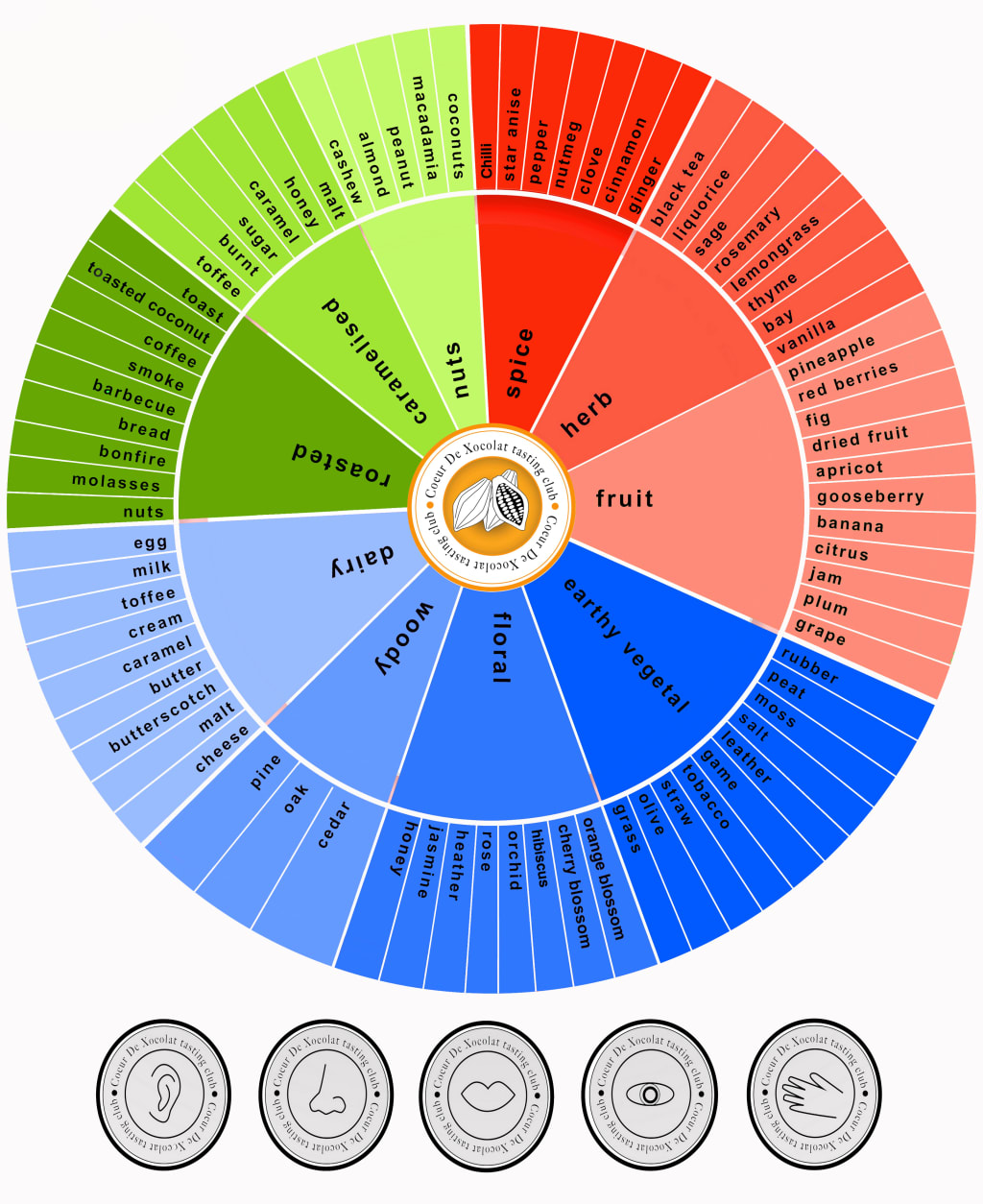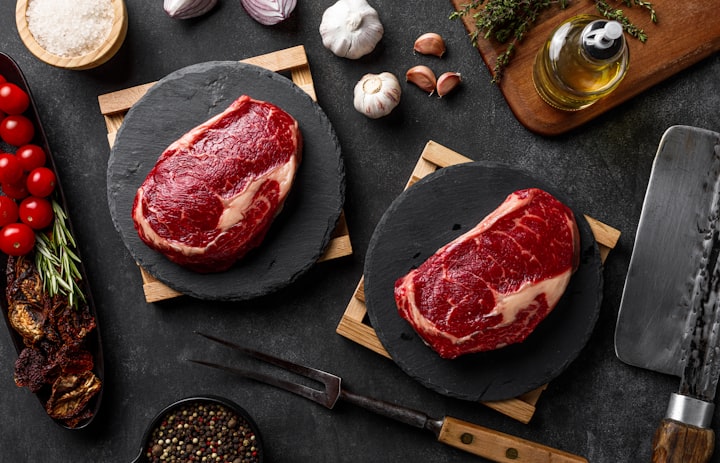Tips from a Professional Chocolate Taster
A dream Job

Eating chocolate for a job may seem like the best job in the world and it is. I love doing my job, but it's not always as tasty as you may think.
People’s faces often turn green with envy when tell them I either taste chocolate for a living, or teach others how to taste and appreciate chocolate better.
Single malts, wine, craft beer, coffee, olive oils and of course chocolate all carry signature flavours, because they are varietals and take on something of the environment. With chocolate, the flavour notes all start with the cocoa bean, like grapes, hops, olives etc they differ by type, region, soil, weather and the processing methods; from Criollo, Trinitario and Forastero, heap or box fermented, table or fire dried, good cacao beans can sometimes have more than double the aromas that we find in grapes.
But it’s not always delicious trying all these chocolates from far flung exotic places. Sometimes we have to taste thing that are not our cultural norm, I have judged chocolates that contain black garlic, fish, piccalilli, Blue cheese, camels milk, Pigs blood and crickets to name but a few.
I also have to taste and try to identify bad chocolate, which might have a bitter or burned taste, or been contaminated during storage.
When I am judging on a chocolate awards panel we often sit four to a table 3 chocolate experts or makers and a journalist to record our thoughts. If I am doing a commercial tasting then I will often be alone in a small room, with a tablet to record and log the information. Sometimes the room will have red light which helps to disguise the look of the chocolate, to ensure I can only judge it by taste, not appearance and then every few minuets the hatch will open and samples will be passed through for me to evaluate then closed. I can sample as many as 50-60 confections in a day, so need to try to keep my palate fresh and vibrant so I don’t swallow the samples, I spit them out into a paper cup with a lid. (not the classiest part of the role). Between samples, I wait 30 seconds to let my senses rest, to refresh my palate I eat a spoonful unseasoned cold polenta, chew half an unsalted cracker or drink some luke warm still water.
To avoid contamination the evening before I avoid strong tasting foods like curry, and on the day no aftershave and use un-perfumed deodorant and soap.
When I am judging in international chocolate competitions
I use a sensory approach: Look touch listen smell taste.
Look: read the maker's description, look at the shine the finish and craftsmanship employed: is it tempered, are there any air bubbles or heat cooling circles?
Touch: I touch the chocolate to see if it's bloomed, how it melts. Real cocoa butter is liquid at body temperature.
Listen: to the snap to assess the temper. If chocolate doesn’t sound crisp when broken, it could be an indication that’s it’s old or was wasn’t stored well or maybe it’s just not tempered properly.
Smell: hold the chocolate up to my nose to smell the chocolate. Sometimes I will rub the chocolate to release its aromas and log its aromas using an aroma wheel to help.
Taste: place a square in my mouth, close my mouth and pinch my nose isolating the sense of smell for a few seconds all I taste is sweet. I leave it there for a few seconds. Then I release my nose open my mouth a little and gently suck in some air and let the aromas spread around as it melts, recording the five basic tastes—sweet, sour, bitter, and salty umami. Then I blow out short blasts of air through my nose. We have some scent receptors in the back of our heads are stimulated by oxygen. Exhaling can bring out aromas like liquorice, berries, beeswax, mushroom, tea, citrus, toast, cinnamon, and savoury spices that are sometimes too subtle for the nose to catch. I also record the texture, is it smooth, waxy or grainy? and finally the finish was it slow and lingering or short.
Not many of us take enough time to appreciate the taste of our food, we should a chef or chocolatier has spent time blending and crafting for our enjoyment.
As a chocolatier, I want to help others do what I do: to look at food with curiosity and love and to notice colours, aromas, and flavours. Then you’ll know good quality and enjoy a richer palate.
About the Creator
David Greenwood-Haigh
Multi award-winning chocolatier with over forty years experience.fellow of the institute of hospitality, MasterChef member Craft Guild of Chefs Judges International chocolate awards, Academy of chocolate awards & Great taste awards






Comments
There are no comments for this story
Be the first to respond and start the conversation.